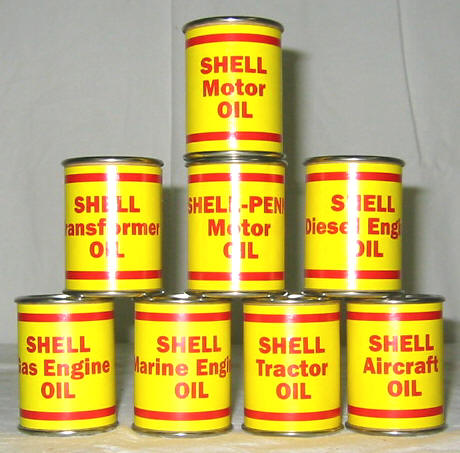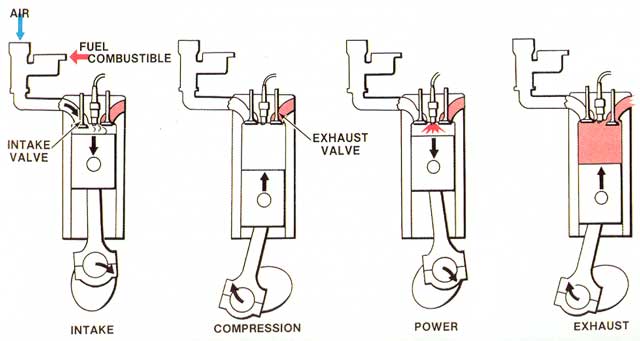Know Your Oil Viscosity
Viscosity is a measure of friction. Specifically, the term refers to a fluid’s resistance to flow when subjected to external pressures. You can also think of viscosity in reference to a liquid’s thickness at a specified temperature. Molasses is a famously viscous liquid; just try to coax a dollop or two out of the bottle for proof. Pure water sits at the other end of the viscosity spectrum, flowing freely at room temperature.
Viscosity is a particularly important measurement in motor oil. As oil heats up, it thins out; likewise, oil thickens in cold temperatures. Boat owners with outboard motors will want to choose an oil with enough viscosity to lubricate a hot engine, but if the oil is too viscous it won’t be thin enough for cold starts.
To test a fluid’s viscosity in a rather rudimentary way, try stirring it with a spoon. The molecules in viscous liquid are bunched tightly together, so they provide more resistance to stirring. This concept can be carried over to 2 cycle oil in outboard motors. High-viscosity oils prevent metal-on-metal contact inside an engine by providing adequate lubrication. However, too much viscosity can gum up the works, decreasing energy efficiency and making your boat slow as molasses.
By selecting oil with the proper amount of viscosity, you can prolong the life of your outboard motor.









